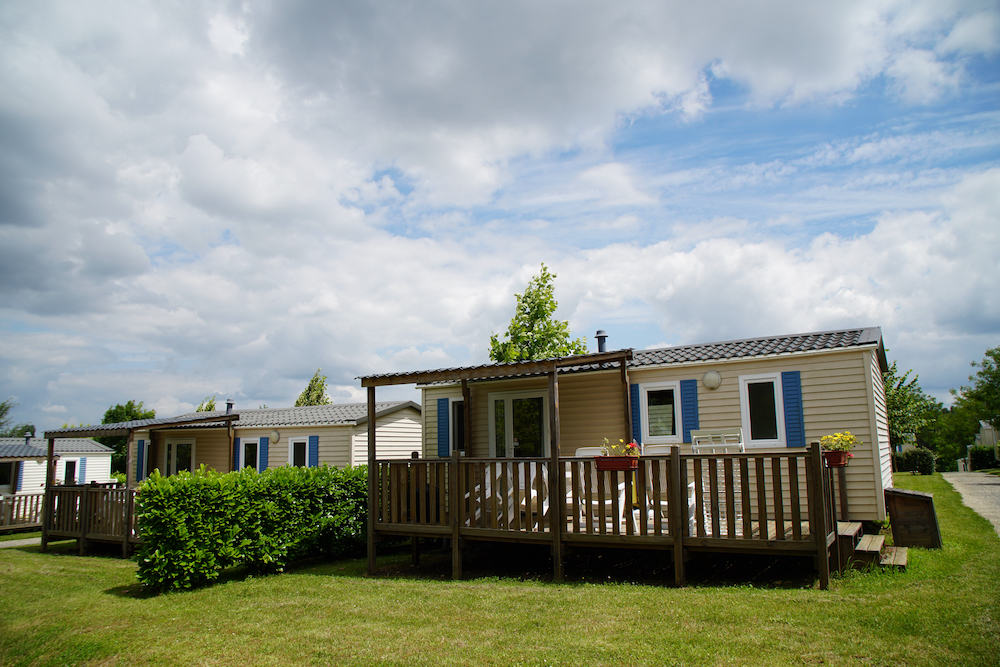
Compared to site-built homes, manufactured homes are usually smaller and less expensive, making them appealing to first-time owners, downsizers, minimalists, and those with budget constraints.
The process for buying a manufactured home or buying a mobile home is similar in some ways to buying a site-built home, but there are differences you should know about before you begin the process.
One of the challenges of purchasing a manufactured home is that the site is separate from the structure, and with each putting constraints upon the other, some of your decisions will depend on one another—and that means you’ll need to prioritize.
For example, if you find a site first, rules and regulations may limit what types of home you can place there. If the building itself is most important to you, though, you’ll have to find a site that will allow it.
The best way to handle this challenge is by doing plenty of research about locations, home styles, and financing options.
1. Location
If you already own land, you may need to contact the planning and development office in your local government or get assistance from a real estate attorney in order to determine what types of building are allowed.
If you want to purchase land, you’ll need to find a place where manufactured and/or mobile homes are allowed. Make sure there’s room in your budget to prepare the site.
If buying isn’t for you, you can rent a lot in a mobile home community. You’ll have a prepared site with hookups for electricity, sewer, and water. You will also have a landlord and neighbours. Renting may cost less upfront, but you will have ongoing costs to consider.
2. Homes
Manufactured homes come in single-wide (able to be transported in one piece) or double-wide models. Some manufacturers now offer triple-wide, too; these look more like site-built homes. You’ll find more restrictions on single-wide homes in terms of financing and placement.
Homes today come in a wide range of prices and styles. Manufacturers may have some prebuilt options to purchase, or you may configure a unit to meet your needs and have it custom-built.
Modular homes, which are sold like kits, have entire walls and other parts ready to assemble on site.
3. Financing
Before you talk to lenders, you will want to evaluate your finances, including your income, savings, debt, and monthly expenses. Review your credit report—both to find any errors and to see how lenders will perceive you.
Major lenders may not be your best option. Make sure to talk to several different institutions, including credit unions and the manufacturer, before you decide on a loan. Here are some loan types that may fit your situation:
- Traditional home loan. Interest rates are higher than for site-built homes, and lenders are likely to have additional restrictions.
- Chattel loan. Often used for large purchases such as boats and farm equipment, these loans may feature a lower down payment but a higher interest rate.
- “Land-home package” loans. These bundle the land and the home into a single monthly payment.
- Government loans. FHA loans are available for some manufactured homes, depending on your income level and other criteria.
- Manufacturer financing. Loans may be available from the company that manufactures your home.
4. Other things to consider
As you prepare to buy a manufactured home, consider all possible costs as well as the logistics.
In addition to a loan payment, you may need to pay a contractor to prepare your site: clear it, pour a slab or foundation and add hook-ups for plumbing and electricity. You may need to pay extra for delivery, assembly, and anchoring/hooking up the new home.
Insurance and property taxes or lot rent will also add to your expenses—and don’t forget to set aside some money to furnish and outfit your new place.
5. When you’re ready to buy
To purchase a new home, start with local manufacturers or retailers with showplaces to tour. The salespeople can provide lots of information. If local companies don’t have what you need, expand your search to national companies that offer long-distance delivery—a pricy option, but one that can ensure you get exactly what you want.
Previously owned homes can come with more risks and restrictions than new homes. If you have done your research and still want to buy one, you can look on standard real estate sale websites as well as online marketplaces like Craigslist and Facebook.
With plenty of research and shopping around, you can find the right home and site to fit your needs and budget, and the financing to make it happen.




 POSTED BY
POSTED BY 

